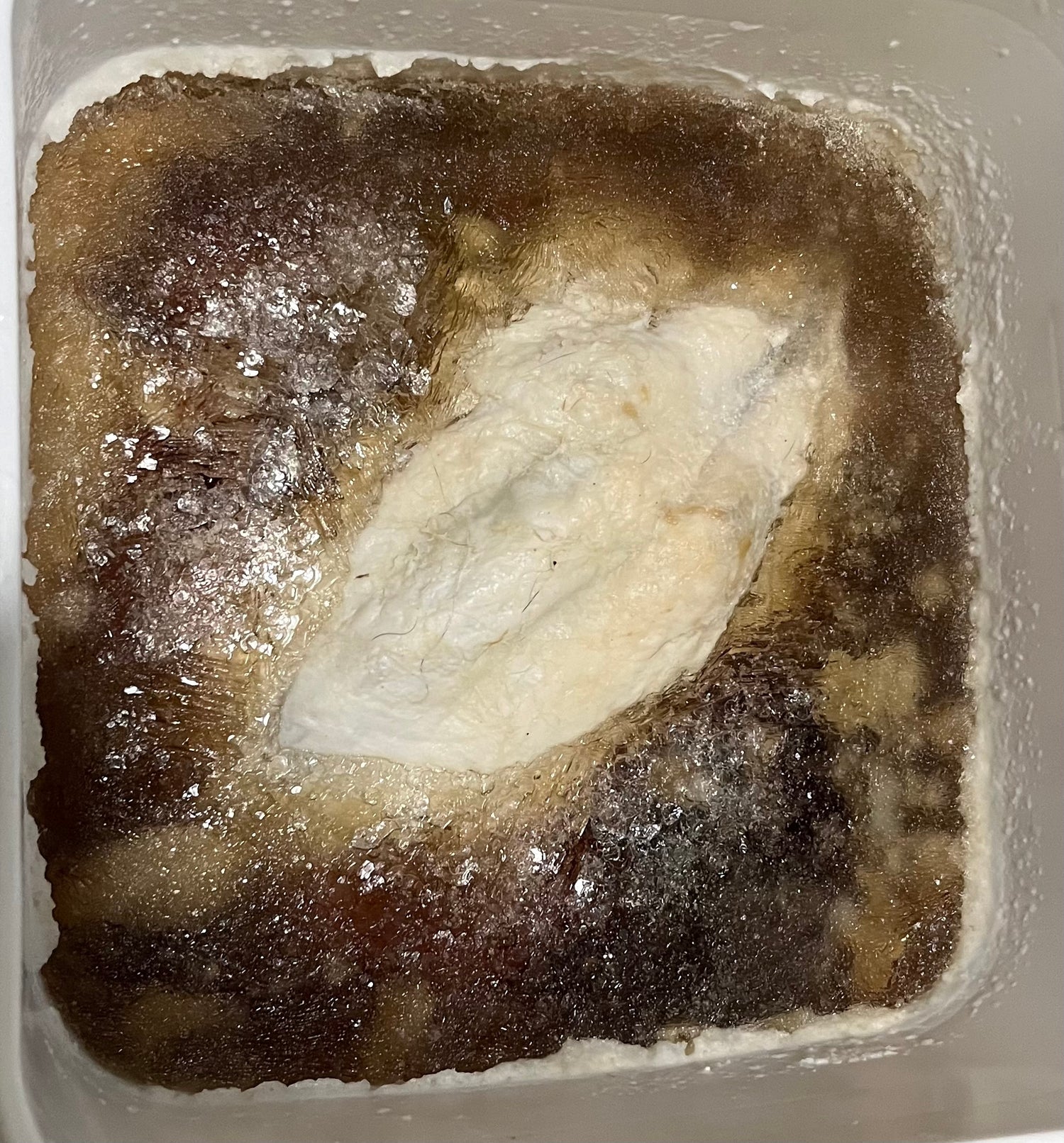
The Myth of Spitting in Maceration Buckets
In the world of bone cleaning, there's an old belief that spitting in the maceration bucket can speed up the process by enhancing the bacterial culture. However, when we take a closer look, it becomes clear that the enzymes in saliva might not be the best fit for this task.
Saliva contains an enzyme called salivary amylase, which is good at breaking down starches during digestion. But in maceration, where we need to break down proteins, saliva alone might not do the job well. This misunderstanding of saliva's enzymes might have led to the idea of spitting in the maceration bucket.
Unlike salivary amylase, stomach enzymes like pepsin are crucial for effective maceration. Pepsin is specialized in breaking down proteins, a key step in the decomposition process. Since saliva lacks these stomach enzymes, relying on it alone might not be the best approach.
To make maceration more effective, it's important to understand the role of enzymes. While saliva can help with overall microbial activity, using sources of stomach enzymes or enzymatic additives might be a better way to promote protein breakdown.
So, instead of sticking to the old tradition of spitting in the bucket, it might be worth considering other options. By using stomach enzymes or enzymatic additives, we can optimize the maceration process and get better results.
Bonus: Throwing the (fresh) animal's stomach back into the bucket can also have similar effects as adding enzymes as well.